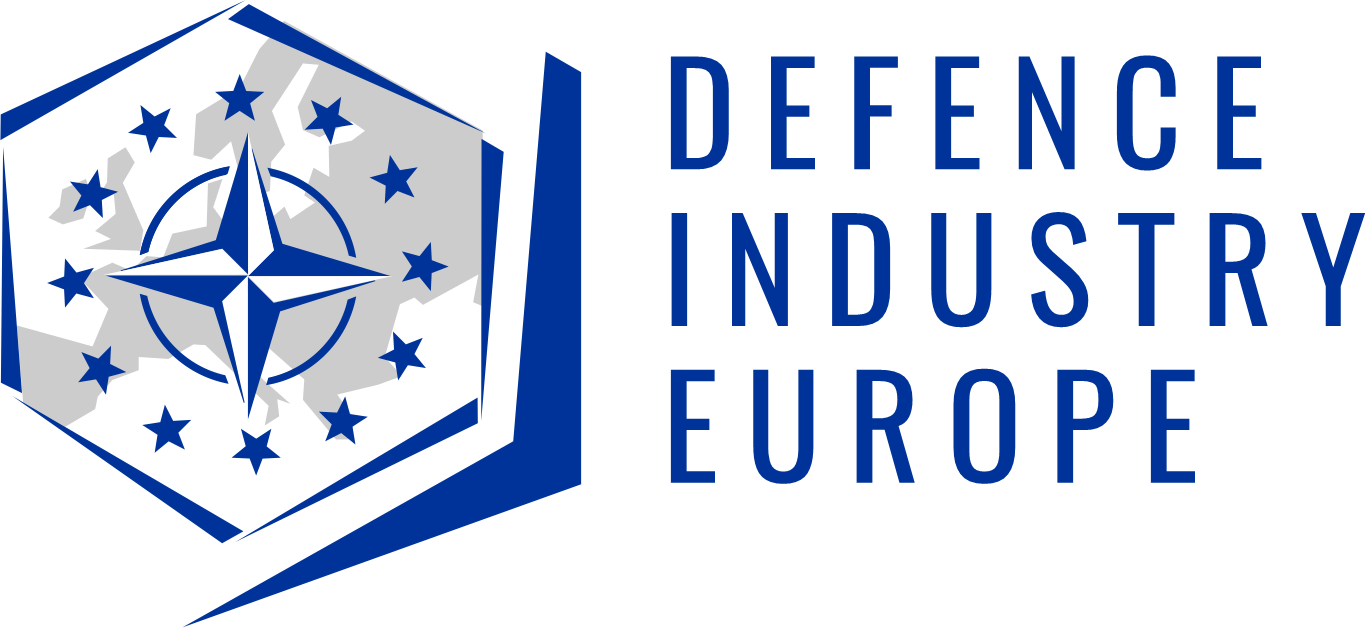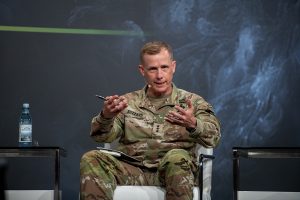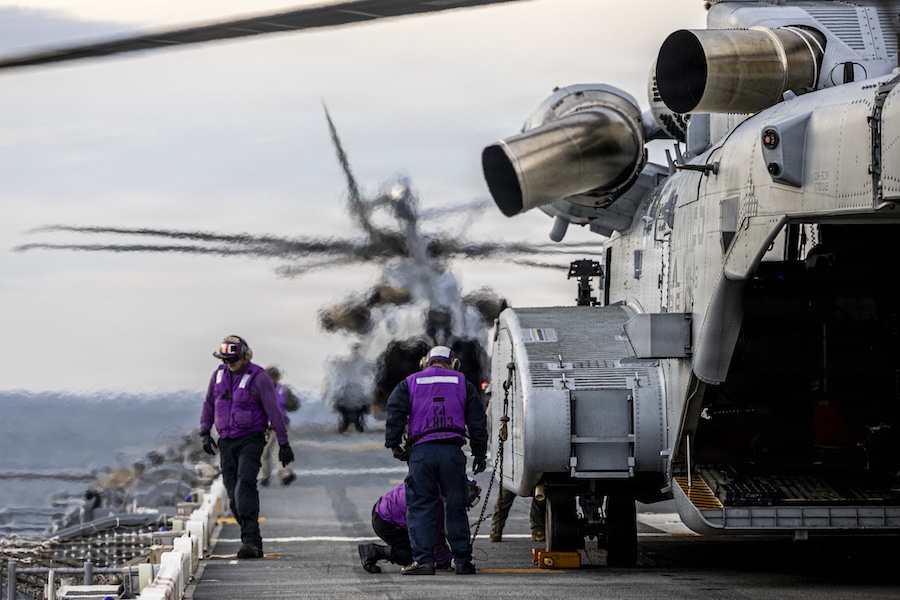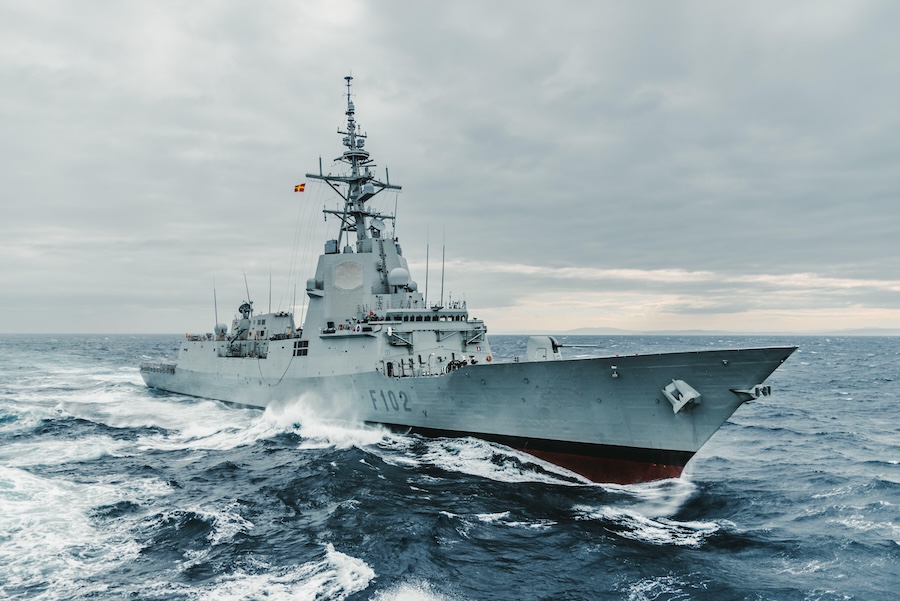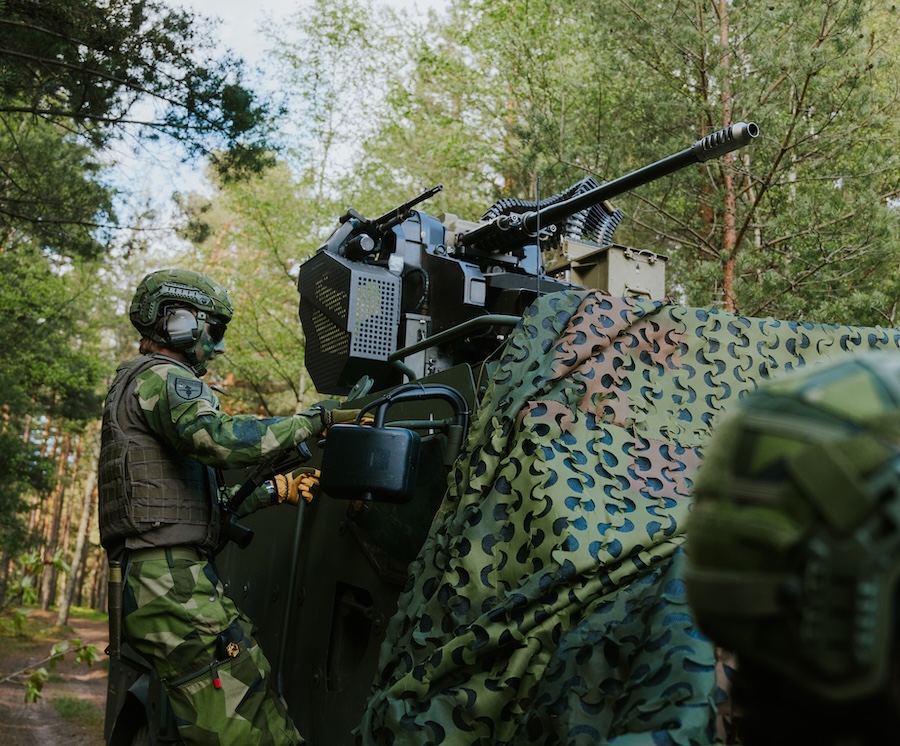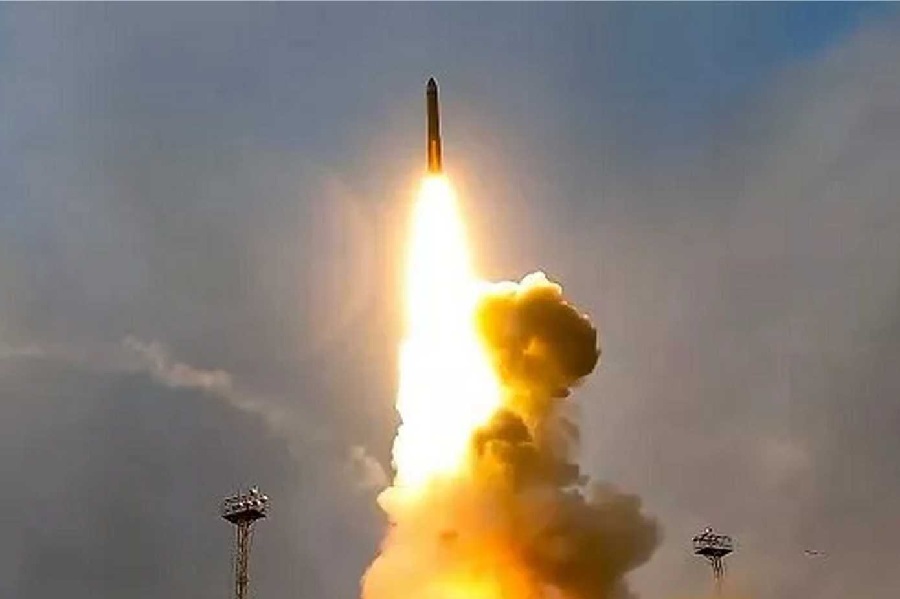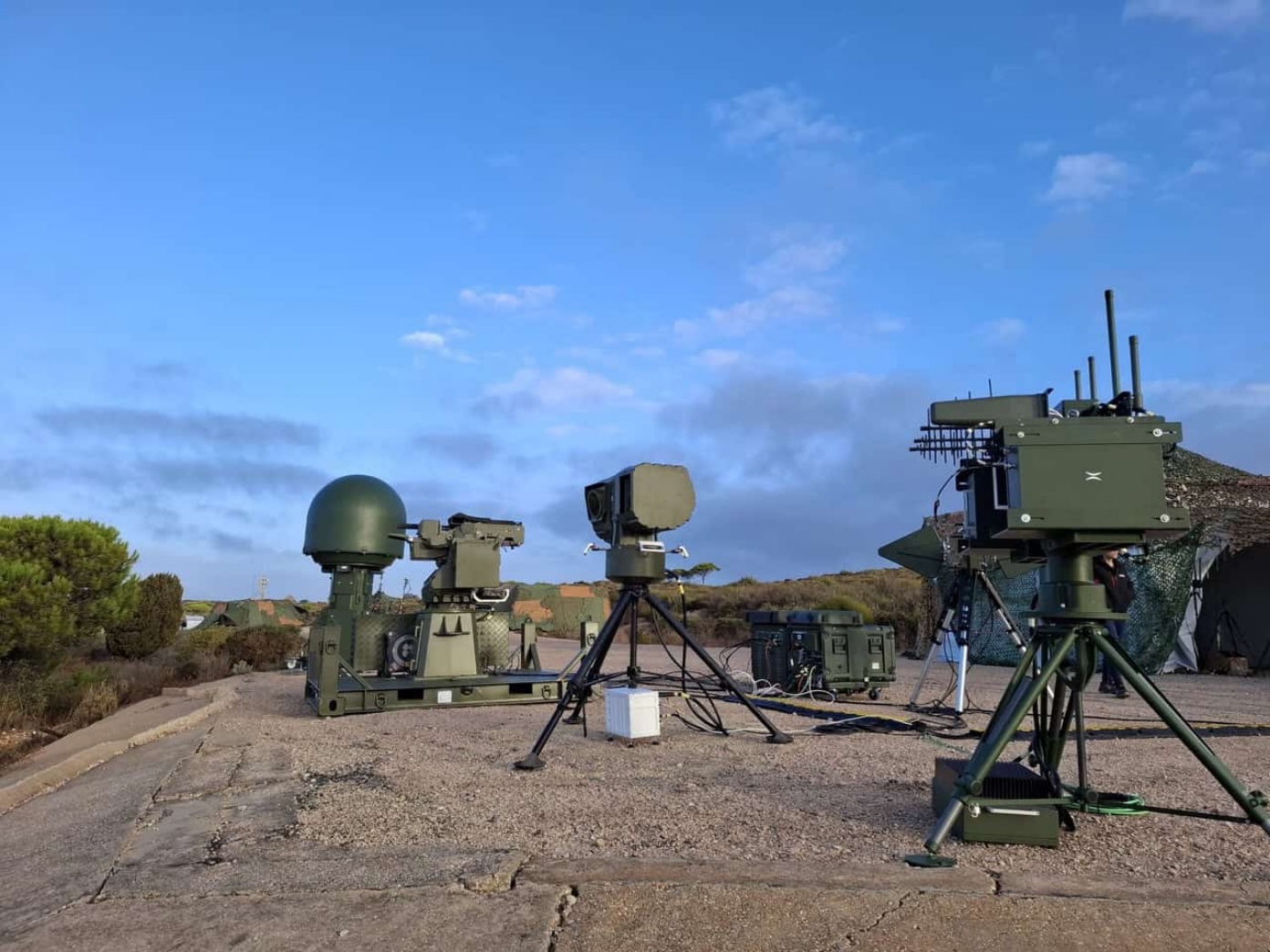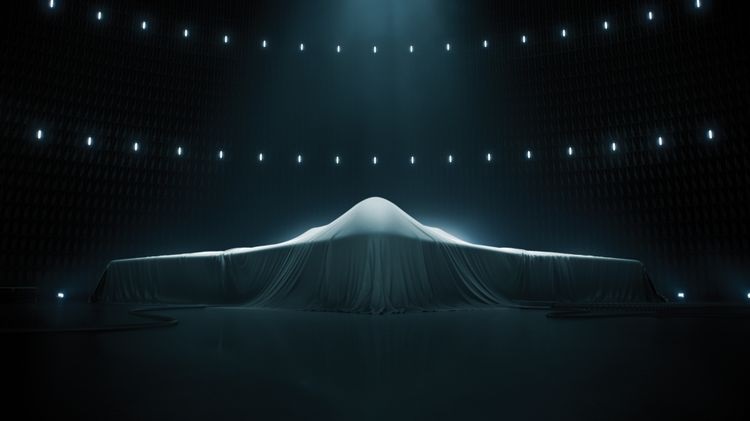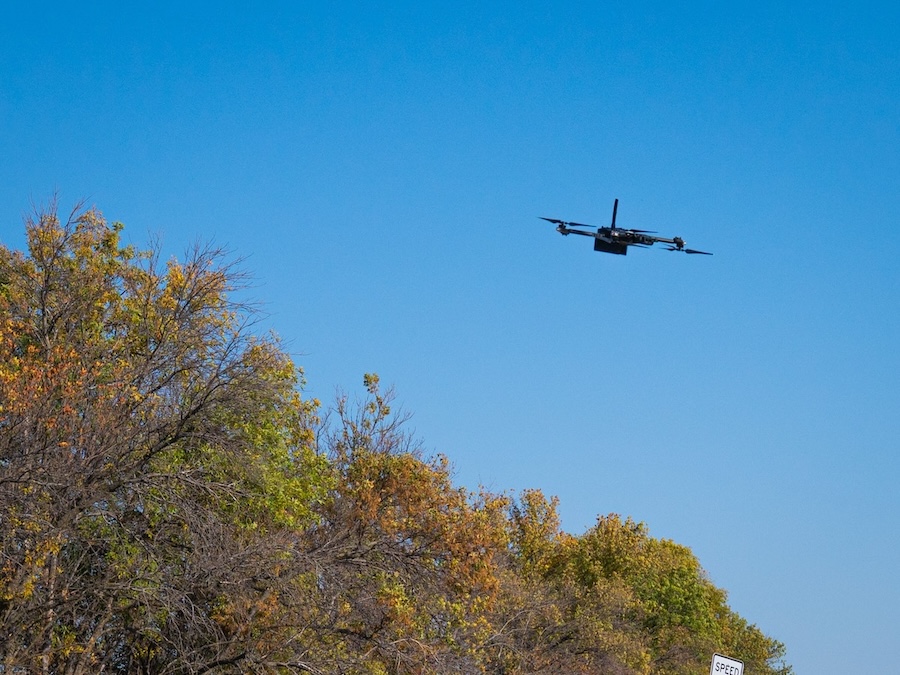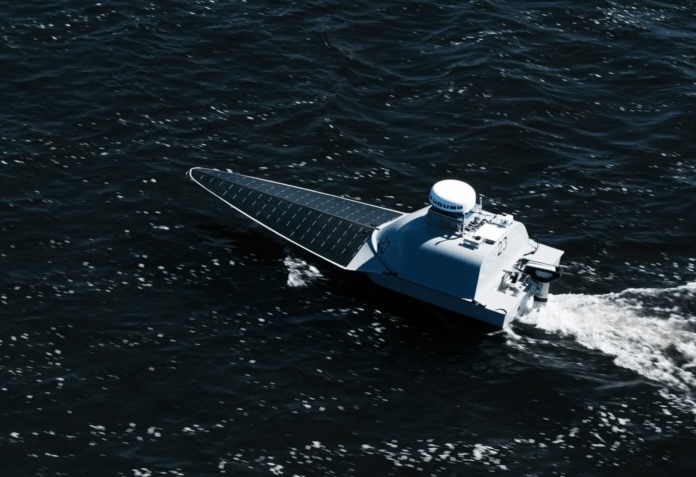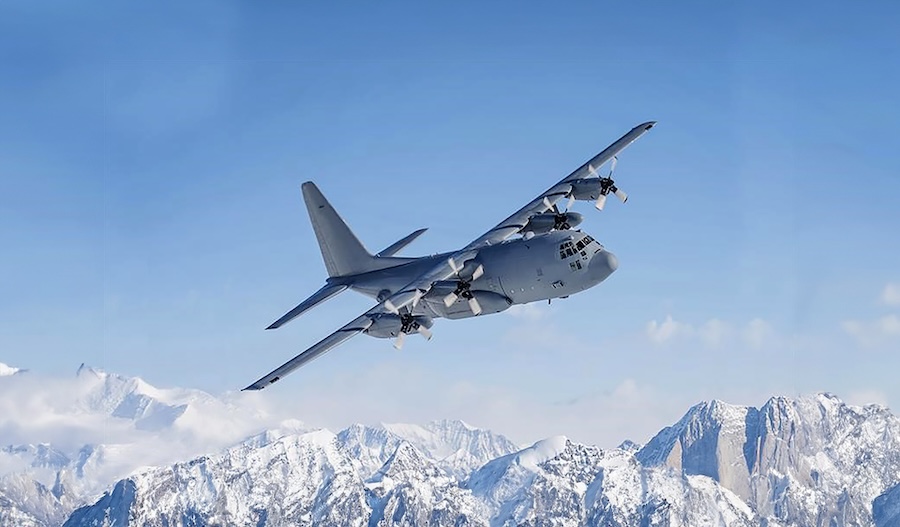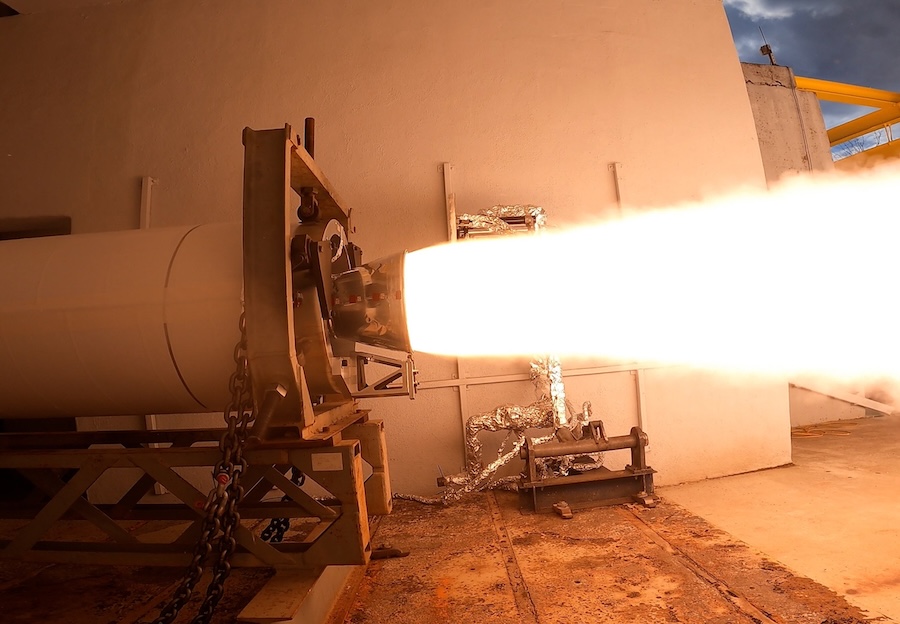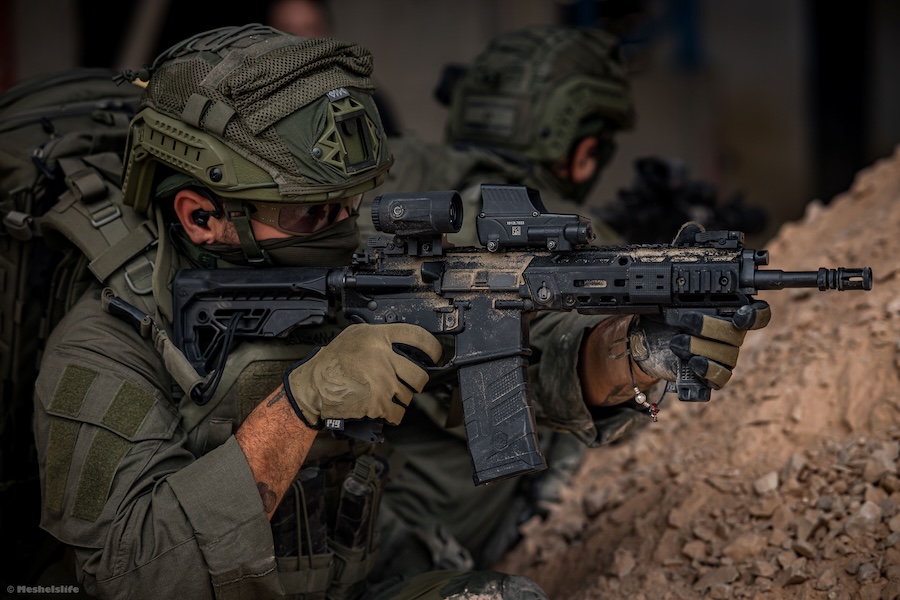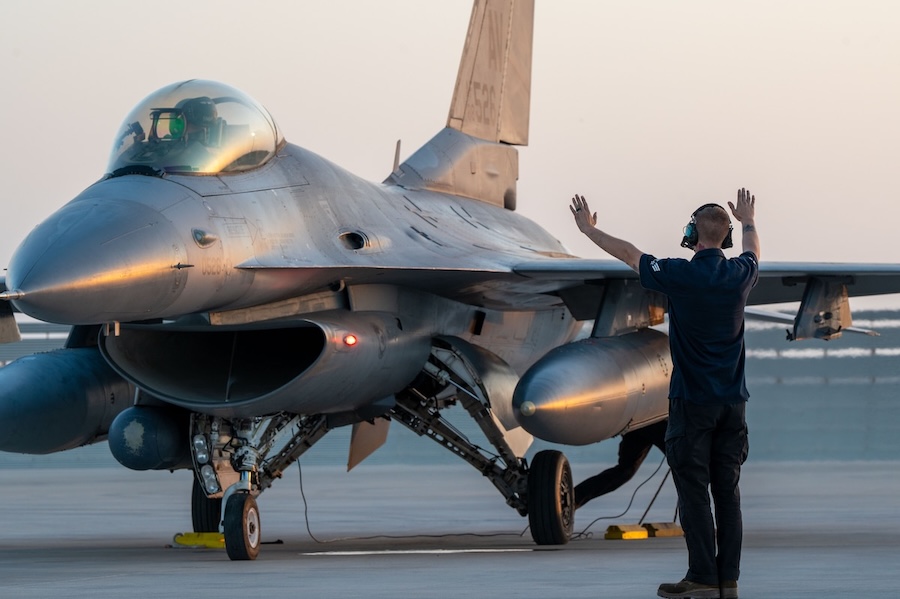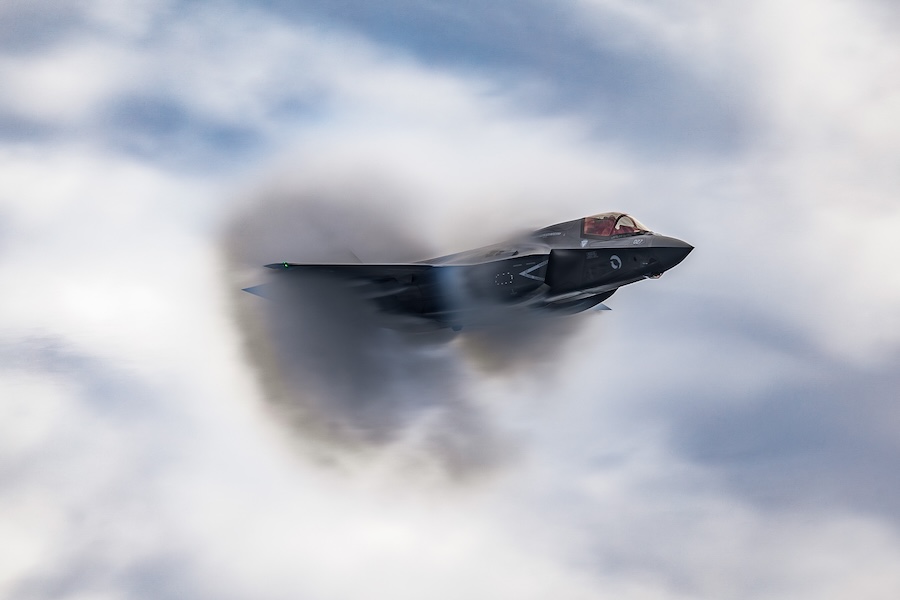Their discussion focused on the rapidly evolving air threat in Europe, driven by lessons from the war in Ukraine, and the urgent need to adapt both strategy and technology. Central to the conversation was the Eastern Flank Deterrence Line (EFDL), a proposed architecture to strengthen Europe’s collective air defence posture.
“If you had asked me three years ago if I thought Russia had the capability every single day to launch 500 to 700 one-way attack drones, I don’t know if I would have told you they could do that,” said King. “They probably could have had the ability to launch that once, but not every single day.”
King emphasised that the threat posed by mass drone and missile attacks is not hypothetical but a present and growing reality. He noted that the nature of the threat has evolved not through gradual change but through a rapid, war-driven transformation.
“Ground-based air defence is critical to this fight,” King stated. “Because you just can’t counter the mass from the air alone. You’ve got to have significant capability on the ground.”
The panel explored ways to counter these attacks, including the use of the Integrated Battle Command System (IBCS), which links sensors and shooters in real time. “The data is digitally passed to an offensive capability such as a HIMARS or ATACMS, and within milliseconds, we can process a fire mission,” King explained.
One of the most pressing challenges is the need for rapid analysis and distribution of data gathered during attacks. “It is critical to have the ability to quickly analyze the data, the data reduction of what we just saw in the fight, and then quickly integrate upgrades, primarily software upgrades, back into those weapon systems,” said King. “We can’t wait nine months to do that.”
He added that artificial intelligence and machine learning must be integrated into weapon systems to accelerate feedback and implementation of upgrades. This would enable forces to keep pace with an increasingly dynamic battlefield environment.
The cost disparity between cheap aerial threats and expensive interceptors was also highlighted as a serious concern. “It works only as long as the interceptor is more expensive than the targeted threat,” said Dr Alexey Boiarskyi, special adviser to the Ukrainian minister of digital transformation. “If it’s easier for the enemy to make more targets and you make more interceptors… they will be exhausted or overwhelmed.”
Boiarskyi noted that Ukrainians are increasingly relying on commercial off-the-shelf products, which are both affordable and adaptable. These solutions offer practical advantages in the face of continuous attacks and strained defence budgets.
King outlined efforts to develop unmanned systems equipped with sensors and effectors to counter the initial wave of UAVs without risking soldiers’ lives. “One key piece we’re focusing on — my team working with Ukraine, working with 5th Corps, and working with industry,” said King, “How do we get unmanned systems that have sensors and effectors that we can have in place in an unmanned security area… to blunt or block that first wave?”
The EFDL was presented as a strategic solution to these complex challenges. Ellison described it as the foundation of a pan-European defence network built on open data sharing and collective readiness.
From real-time data fusion to cost-effective defensive solutions, the LANDEURO panel made clear that Europe stands at a pivotal moment in air defence. As King pointed out, “This isn’t a future threat; this is the threat we face today. It is a threat that is only going to grow.”
With dual roles in both U.S. Army Europe and U.S. Air Forces Europe, King plays a key part in coordinating joint air defence strategy. His work ensures seamless Army–Air Force operations, enabling interceptor use without compromising air superiority, while safeguarding ground manoeuvre forces.

